13.6 The world’s oceans face many other threats.
Rising sea levels may decrease sunlight penetration—and thus reduce photosynthesis—in the deepening coral seas. And increased flooding is almost certain to bring more pollutants from land to sea.
On top of all that, oceans everywhere are now threatened by overfishing, pollution, and invasive species.
In the ocean at large, some 90% of predators in the top trophic levels have been eliminated by overexploitation (a.k.a., fishing pressure). Such heavy losses disrupt the interdependent relationships needed to sustain each community. For example, without grazer fish to keep it in check, algae overgrows on coral. Fishing pressure inflicts other wounds as well: bottom trawling can decimate sea beds, crushing or burying organisms that live close to the beds and uncovering those that need to remain buried (see Chapter 14). Cyanide sprays, used to stun fish for aquarium collection, kill most fish and coral that encounter it. And dynamite, also used in fishing, physically destroys reefs and other ecosystems around it.
Meanwhile, sediments and high levels of nutrient runoff from agricultural areas are boosting algae production and creating algal blooms, which in turn smother corals and block sunlight, reducing photosynthesis. Trash from both land and sea, and petroleum from ships and boats are also polluting the marine environment at unprecedented rates.
Invasive species pose yet another threat; more than 80% of ocean harbours around the world now host at least one invasive. Whether they arrive in the ballast water of ships, escape from aquaculture pens, or are moved in the aquarium trade, the outcome is the same: they wreak havoc on aquatic ecosystems. “We don’t even know how much damage they’re doing,” says Slattery, who has studied the impact of invasive lionfish on reefs near the Bahamas. “The fact is, we know much less about the oceans than we do about land. But if you think about it, that makes protection even more vital, because we need to err on the side of caution.” [infographic 13.7]
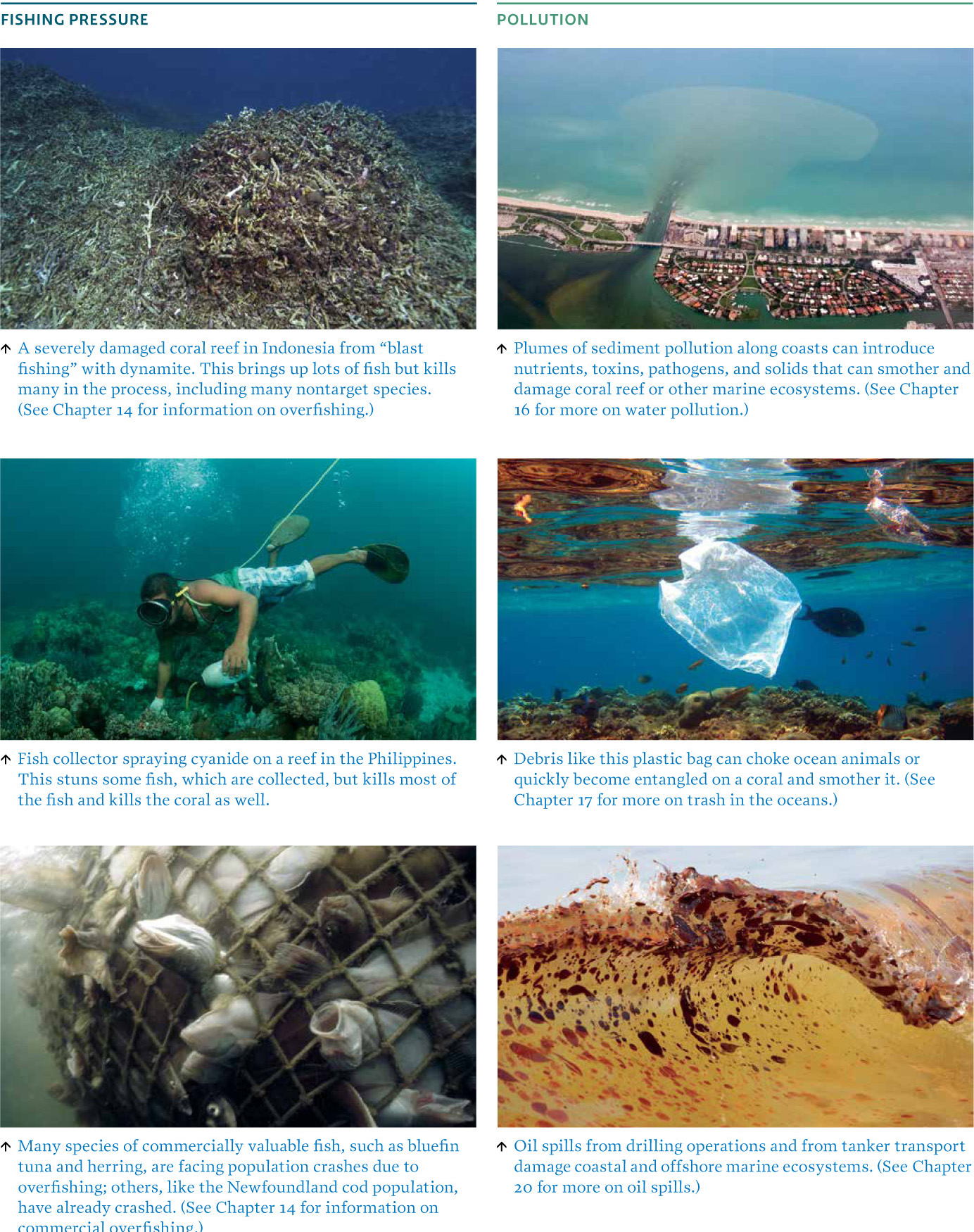
Scientists have been working to create marine protected areas (MPAs)—places where fishing and other human activities are restricted or completely prohibited. Evidence shows that in the right conditions, MPAs can significantly improve the marine ecosystems they encompass. Three years after a 2003 bleaching event that devastated the South Pacific coral reefs of Kanton Island, the area was declared an MPA where fishing was prohibited. By 2010, the reefs showed significant recovery. Credit is given to the community of fish: because they were left as intact, undisturbed populations, the fish grazed on algae that would normally move in and prevent coral from recolonizing the area. By keeping the community connections intact, the reef appears to be well on its way to recovery, even after a serious bleaching event, showing the resiliency of intact ecosystems.
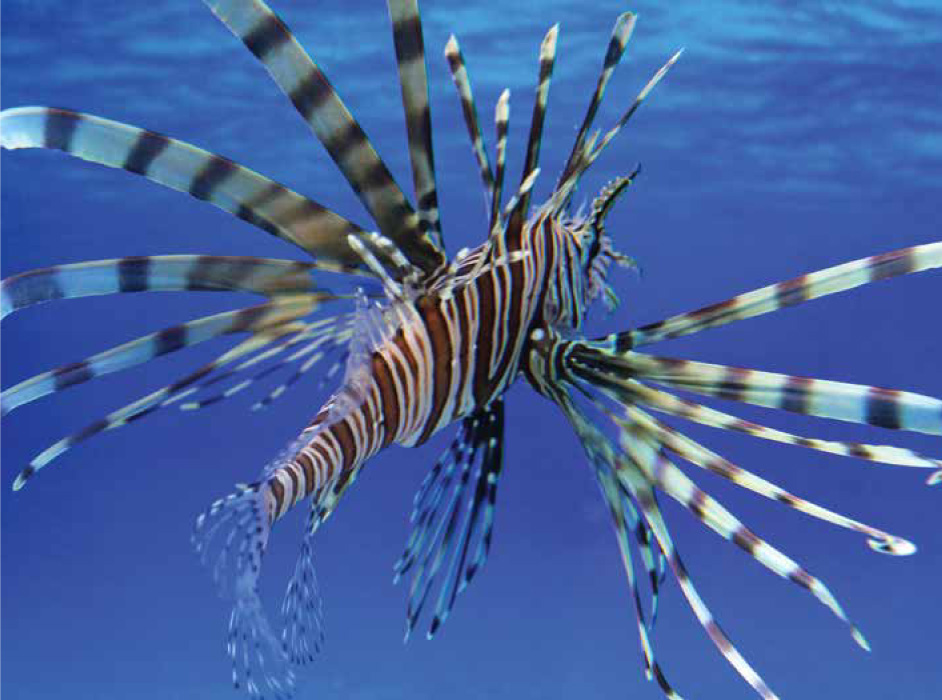
237
238
Of course, the best way to save the oceans may be to change the way we live on land. We humans now emit more than 30 billion metric tons of CO2 each year. Steps taken now to decrease the amount of CO2 released into the atmosphere will reduce the CO2 available to be absorbed by the oceans. Unfortunately, even if we stopped completely, right now, it would take tens of thousands of years for ocean chemistry to return to its preindustrial state. “We can’t reverse the tide at this point,” says Slattery. “But if we act quickly, we can at least slow it down.” [infographic 13.8]
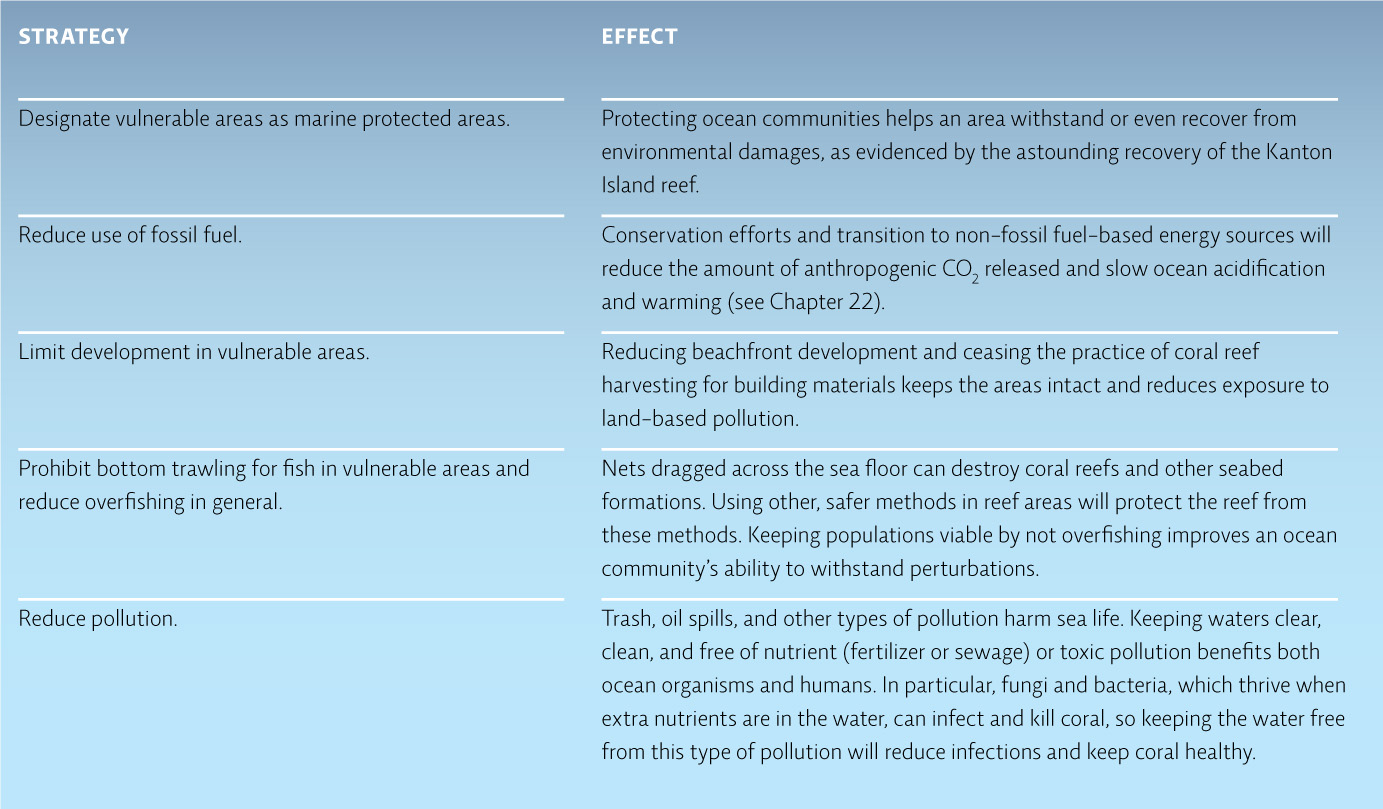
On the last day of the mission, Slattery and his team ascended back up to the sunlit surface. Slattery did not remember the sun being quite so bright. He was anxious to get back to his lab at the University of Mississippi, where he and his team would sort through the reams of data and samples, like detectives sorting through clues in an effort to solve a great mystery.
They already knew that their initial hypothesis would hold true: there were indeed major differences in pH across the reef landscape. But whether those differing conditions had any impact on the reef species’ physiology remained to be seen. Back in the lab, they would measure the protein levels in each of the samples they had collected and try to determine whether species that had grown up in acidified microhabitats expressed different proteins, or responded differently to stress, than those that had grown up on the open reef.
They’d spent 9 days at the bottom of the ocean. Now the real work could begin.
Select references in this chapter:
Beman, J.M., et al. 2011. Proceedings of the National Academy of Sciences, 108: 208–213.
Orr, J., et al. 2005. Nature, 437: 681–686.
239
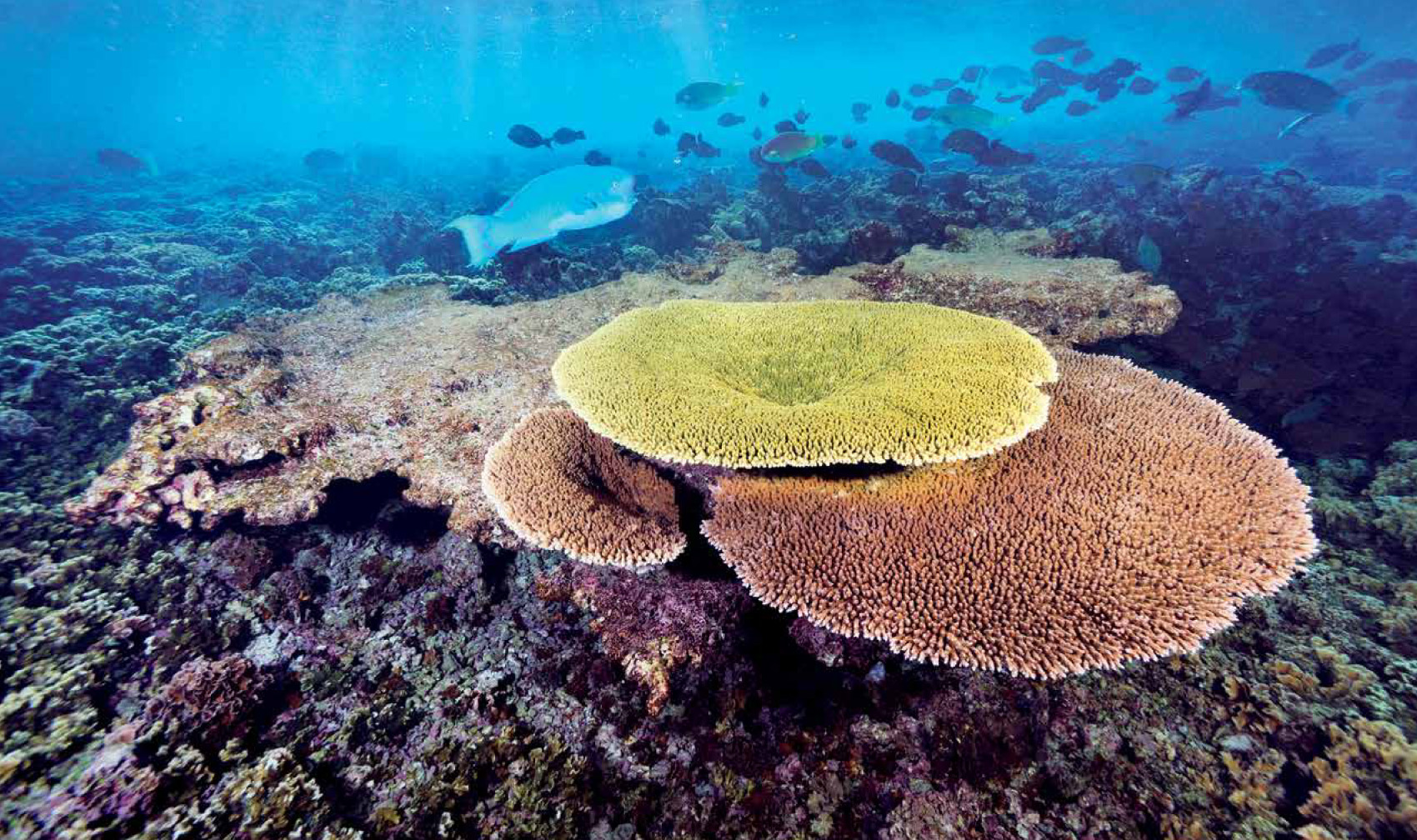
BRING IT HOME: PERSONAL CHOICES THAT HELP
Marine ecosystems are vastly diverse, with many different aquatic habitats and an impressive array of species. Unfortunately, marine ecosystems are facing numerous threats due to human action. By bringing awareness to these threats and taking action to reduce negative human impacts, we can dramatically improve the health of our oceans.
Individual Steps
 Don’t leave trash on the beach; avoid disposable plastic bags and bottles, as many of them end up in the ocean where they are a danger to marine organisms.
Don’t leave trash on the beach; avoid disposable plastic bags and bottles, as many of them end up in the ocean where they are a danger to marine organisms.
 If you go diving or snorkelling on a coral reef, do not touch or remove any coral; don’t drop the boat’s anchor on coral—find a sandy spot to place it.
If you go diving or snorkelling on a coral reef, do not touch or remove any coral; don’t drop the boat’s anchor on coral—find a sandy spot to place it.
 Decrease your fossil fuel use. The less CO2 produced, the healthier the ocean will be.
Decrease your fossil fuel use. The less CO2 produced, the healthier the ocean will be.
Group Action
 Lead a book discussion on Oceana: Our Endangered Oceans and What We Can Do to Save Them by Ted Danson, which discusses many of the threats to the oceans and what we can do to help.
Lead a book discussion on Oceana: Our Endangered Oceans and What We Can Do to Save Them by Ted Danson, which discusses many of the threats to the oceans and what we can do to help.
 Follow groups like the Coral Reef Alliance, Oceana, or the Living Oceans Society on Facebook and Twitter to learn more about protecting marine ecosystems.
Follow groups like the Coral Reef Alliance, Oceana, or the Living Oceans Society on Facebook and Twitter to learn more about protecting marine ecosystems.
 Volunteer for the Great Annual Fish Count at fishcount.org to help survey reef fish species.
Volunteer for the Great Annual Fish Count at fishcount.org to help survey reef fish species.
Policy Change
 Ask pet store owners and aquarium supply centres to sell only captive-bred fish to help protect coral reefs from being poisoned by cyanide.
Ask pet store owners and aquarium supply centres to sell only captive-bred fish to help protect coral reefs from being poisoned by cyanide.
 Contact your members of Parliament and ask them to support legislation to reduce carbon emissions.
Contact your members of Parliament and ask them to support legislation to reduce carbon emissions.
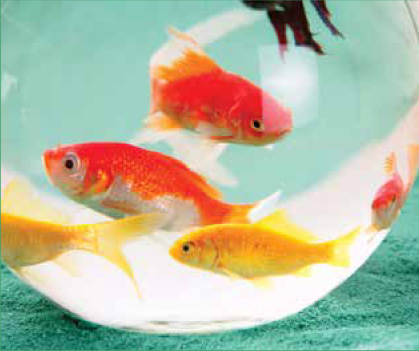
240